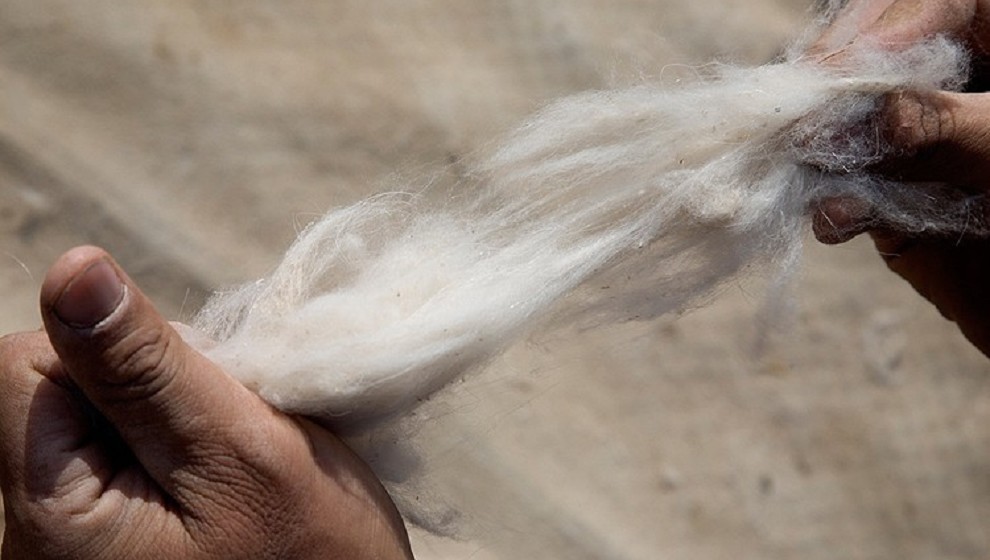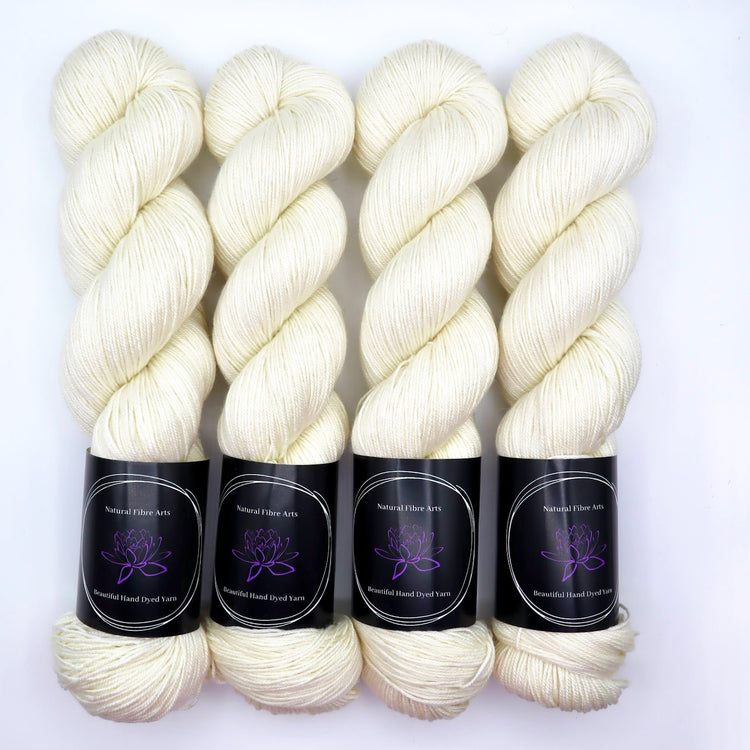Unveiling the Secrets of cashmere and Its Enduring Appeal in Design
Unveiling the Secrets of cashmere and Its Enduring Appeal in Design
Blog Article
Comprehending the Different Types of Cashmere an All-natural Fiber and Their Distinct Benefits

The Beginnings of Cashmere: A Historic Introduction
While the glamorous touch of cashmere proceeds to charm modern consumers, its beginnings trace back to the rough, cold environments of Mongolia and the Himalayas. For centuries, the aboriginal individuals of these regions have actually been elevating Capra Hircus goats, the prime resource of cashmere wool. These goats, resistant against the severe winter seasons, grew a fine undercoat to survive, which later came to be called cashmere. The name itself admires Kashmir, an area in India where the wool was initially processed. Much of the very early cashmere profession course was facilitated by the Silk Road, connecting Asia with the Middle East and Europe. In spite of its international spread, the finest cashmere is still thought to stem from the initial areas of Mongolia and the Mountain Ranges.

The Production Refine: From Goat to Garment
Shearing a Capra Hircus goat notes the inception of the detailed cashmere production process. The resultant raw cashmere is after that cleaned to eliminate contaminations such as veggie, oil, and dirt matter.
The clean fiber goes through dyeing, spinning, and weaving, or knitting, to transform it into a fabric. Complex procedures like high quality control checks and finishing processes follow, guaranteeing the end product keeps the elegant standard expected of cashmere. This meticulous procedure, from goat to garment, validates the high price connected to cashmere items, making them a symbol of luxury and improvement.
The Various Sorts Of Cashmere: An In-depth Evaluation

The One-of-a-kind Benefits of Cashmere: Comfort and Sustainability
Moving from the selection of cashmere kinds to the benefits they offer, comfort and sustainability stand out plainly. Cashmere, an all-natural fiber, is renowned for its unrivaled softness, providing a degree of convenience that artificial fibers can not match.
When it involves sustainability, cashmere is renewable and biodegradable, as it's collected from cashmere goats that regrow their coats annually. what is cashmere. Unlike artificial fibers which can take centuries to disintegrate, cashmere's effect on the environment is very little. This combination of comfort and sustainability makes cashmere a valuable selection for conscious customers

Taking Care Of Your Cashmere: Upkeep and Preservation Tips
While cashmere is unquestionably a glamorous and sustainable selection, it needs details like maintain its quality and expand its life-span. To begin, cashmere ought to be hand washed using cold water and a moderate detergent. Prevent wringing the garment or twisting as it can harm the fibers. Instead, carefully squeeze out excess water and lay it flat on a towel to completely dry. Cashmere things ought to be saved in a great great post to read and dry area, away from direct sunshine and wetness. Using moth repellents can protect these garments from possible damage. It's a good idea to prevent hanging cashmere to protect against stretching. Rather, fold and store them properly to keep their shape and top quality over time.
Buying Cashmere: Recognizing Its Worth and Worth
Although cashmere might initially look like a pricey investment, its long-term worth and worth ended up being apparent when you consider its remarkable qualities. Understood for its unequaled softness and warmth, cashmere is a costs all-natural fiber that outperforms various other materials. Its high demand and limited supply add to its high price, yet its toughness guarantees it lasts for years, offering excellent worth for money. Cashmere pieces are classic, usually coming to be antiques gave with generations. what is cashmere. Furthermore, its natural insulating buildings supply warmth without the mass of synthetic fibers. Investing in cashmere, for that reason, is not almost present style patterns, yet concerning embracing a sustainable, long-lasting, and luxurious way of life.
Conclusion
In summary, the sort of cashmere one selects, be it Mongolian, Chinese, or Italian, is determined by individual preferences for heat, budget, high-end, and sustainability. The worth of cashmere expands past its rate, with convenience and durability including in its worth. Proper care and maintenance can ensure its preservation. Therefore, understanding the origins, production process, and one-of-a-kind benefits of different kinds of cashmere can assist consumers in their investment in this lavish natural fiber.
Whether it's the extraordinary warmth of Mongolian cashmere, the affordability of Chinese cashmere, or the eco-conscious manufacturing of Italian cashmere, there's a tale to be found behind each fiber kind. Cashmere, an all-natural fiber, is renowned for its unmatched softness, supplying a degree of convenience that artificial fibers can not match.When it comes to sustainability, cashmere is eco-friendly and sustainable, as it's gathered from cashmere goats who regrow their view it now layers yearly. Recognized for its unparalleled soft qualities and warmth, cashmere is a costs all-natural fiber that exceeds other products. Recognizing the origins, manufacturing process, and unique benefits of various types of cashmere can lead consumers in their financial investment in this elegant natural fiber.
Report this page